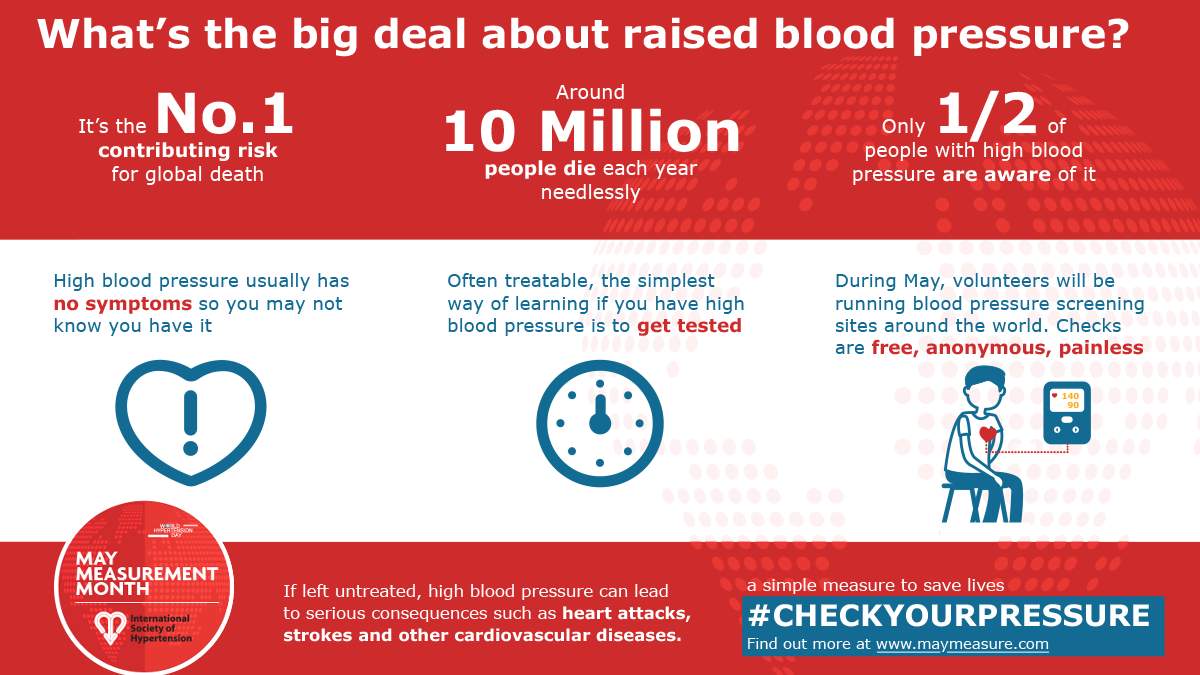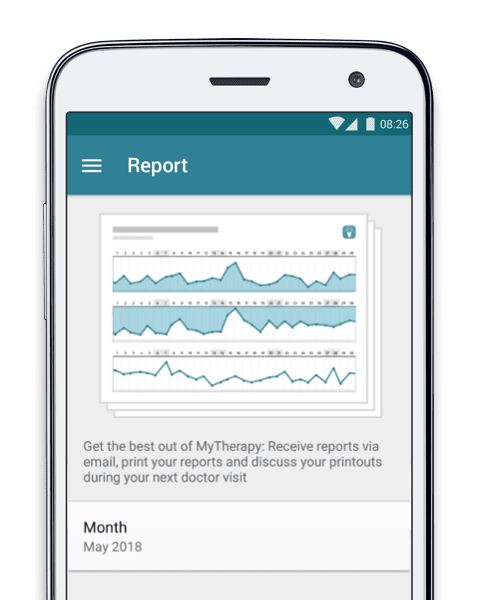I was quite nervous when, in March, I visited my GP to perform a series of tests to determine whether I am capable of participating in “competitive sporting activities.” The very first test was a blood pressure reading. With the cuff securely fixed on my upper arm, I watched red flashing numbers on the digital sphygmomanometer rapidly increase, peak, and then come tumbling down again. Considering I am yet to reach 30 years of age, I am physically active, and I eat (quite) a healthy diet, I was taken aback when the numbers settled and the greater of the two staring back at me read 139 mmHg. That was my systolic blood pressure, and, under recently revised US guidelines, 139 mmHg puts me in high blood pressure – or hypertension – territory. In most other countries, it would be considered borderline and called ‘pre-hypertension,’ ‘elevated blood pressure,’ or another phrase of such ilk. My GP and I attributed the result, at least partially, to ‘white coat syndrome,’ whereby simply being in an environment such as a doctor’s practice elevates one’s blood pressure. That theory was given credence by subsequent readings throughout the test once I had shaken off the nerves, the results of which were more reassuring. None-the-less, it was somewhat disconcerting to be, even temporarily, in the realms of hypertension – the leading contributing risk factor for death worldwide.
Keep reading to find out how May Measurement Month can help millions of people living with high blood pressure!
High Blood Pressure: What’s the Big Deal?
High blood pressure is the number one contributing factor for death worldwide. I know I already mentioned that in the last sentence of the introduction, but it is worth repeating. Not only is it a primary risk factor for the world’s two leading causes of death – heart disease and stroke – but it is also linked to kidney disease or failure, loss of vision, sexual dysfunction, and other cardiovascular conditions. It is a rap sheet that makes for unpleasant reading.
High blood pressure’s notoriety, though, is not earned simply by the list of conditions linked to it, but from the fact is usually presents no noticeable symptoms. Far too often, a person living with high blood pressure is blissfully unaware of their condition, until the day it leads to a potentially life-threatening complication such as a heart attack or stroke.
Hence hypertension’s undesirable alias: “The Silent Killer.”
It is estimated that half of all people living with high blood pressure do not realize they do so, resulting in 10 million deaths each year that could otherwise have been prevented. This is a shocking statistic, especially considering that hypertension is not a difficult condition to diagnose. With that in mind, you may be wondering if you are one of the many millions unwittingly living with high blood pressure.
Are You at Risk?
Hypertension isn’t always cut-and-dried; ongoing research gives experts and doctors an ever-increasing amount of knowledge about the risks of high blood pressure, so the boundaries between ‘normal,’ ‘elevated,’ and ‘high’ blood pressure are always being reconsidered.
In the USA, you are considered to be living with hypertension if your systolic blood pressure (the maximum pressure on your blood vessels during a heartbeat) is 130 mmHg or above or if your diastolic blood pressure (the pressure on your blood vessels as your heart rests between beats) is 80 mmHg or above. Elsewhere, 140 mmHg and 90 mmHg are more commonly used numbers (which were also used in the USA prior to November 2017).
Using the more widespread definition of 140/90 mmHg, around one in three people in the USA have high blood pressure, a similar number to the UK.
Across the globe, an estimated 25% of men and 20% of women live with high blood pressure.
While hypertension is clearly a universal health concern, there are certain controllable and non-controllable factors that can help you understand your personal risk. The controllable risk factors center around your lifestyle, with the usual suspects of poor diet, excessive alcohol consumption, and lack of exercise exacerbating your chances of developing hypertension. When it comes to food, sodium is widely believed to be a catalyst for increasing blood pressure, so avoiding a salt-heavy diet is a wise move.
Certain risk factors are out of your control, namely:
- Age – your risk increases as you get older
- Gender – men are generally more at risk than women, although there are a number of African nations where this trend is reversed
- Family history - those whose parents or close family members live with hypertension are at an increased risk
- Race – prevalence of hypertension in African-Americans is among the highest of any demographic in the world
Regardless of your personal risk, however, there is only one way to be sure whether or not you are living with high blood pressure.
A Simple Test to Save Lives
Your blood pressure is not a consistent measurement. Indeed, it can change quite drastically in a matter of seconds. It is influenced by what you eat, what you drink, the exercise you do, your emotional state, and a plethora of other variables. On top of that, blood pressure tends to follow a standard cycle throughout the day, reaching its lowest while you sleep and peaking early to mid-afternoon. As I mentioned in the introduction, some people (like me) are also affected by ‘white coat syndrome,’ which can cause a temporary spike in blood pressure when one is in a stressful environment.
Would you like to learn more about hypertension?
- 10 Essential Hypertension Facts You Need to Know (And One You Don’t)
- Measuring Your Blood Pressure at Home in 5 Easy Steps
Due to the inconsistency of blood pressure, you may think that diagnosing hypertension is tricky business. However, there are few, if any, serious health conditions that are easier, cheaper, or quicker to diagnose. Firstly, a sphygmomanometer (blood pressure monitor) is a staple piece of equipment in doctor’s offices, pharmacies, and drop-in medical centers, and healthcare professionals will be able to account for most of the inconsistencies listed. It is likely that three or four readings will be taken a minute or two apart, to provide more accurate information. As for ‘white coat syndrome,’ you can help tackle that by sitting silently for around five minutes beforehand, which should help you relax.
You can further help improve the accuracy of your reading by refraining from doing exercise, drinking alcohol or caffeine, or smoking in the half an hour before the test. It is also a good idea to go to the bathroom beforehand, as needing to urinate has been shown to increase blood pressure.
Taking these simple steps means even a single test can provide valuable information about your blood pressure – and what further action, if any, should be taken to help keep you healthy. Even if you don’t fit the typical profile of someone ‘at risk,’ performing such a test every six to 12 months is time well-spent. In other cases, more frequent monitoring (perhaps even at home) may be help determine what treatment is necessary.
May Measurement Month
It is no coincidence that I have chosen to publish this article at the start of this month, as May Measurement Month is just kicking off. It is a global initiative led by the International Society of Hypertension that aims to give millions of people worldwide access to free and anonymous blood pressure screenings.
The inaugural May Measurement Month took place last year, with over 1.2 million people having their blood pressure measured in over 100 countries. Encouraged by such incredible numbers, the May Measurement Month team hopes 2018 will see even more people attend screening sites, especially those who have never had their blood pressure taken in the past.
Not only will May Measurement Month give a huge number of people the opportunity to find out their blood pressure, but the awareness created, and knowledge shared, will also allow thousands of people to understand the risks posed by hypertension, and take proactive steps to mitigate them.
May Measurement Month aims to be accessible to as many people as possible, helped by volunteers in all four corners of the globe.
Blood Pressure: Worth Keeping an Eye On
I was relieved to learn that my high blood pressure reading could largely be attributed to ‘white coat syndrome.’ However, when I walked out of the doctor’s office – despite holding a piece of paper that certified me as physically fit – the glowing red number ‘139’ stuck in my mind.
It is a bit of a reality check to know I am not impervious to high blood pressure and the risks it entails, even if I don’t fit the typically ‘at risk’ profile. While I do not need to start thinking about drastic lifestyle changes or medication just yet, I have certainly filed blood pressure under ‘things to keep an eye on in the coming years.’
Regardless of your age and regardless of your health, the better informed you are regarding your blood pressure, the better prepared you are to take any necessary steps to avoid serious consequences such as heart attacks, stroke, or other cardiovascular diseases.
Quite simply, it is a simple measure that can save your life.
Take a look at some of the other posts on the MyTherapy blog:



